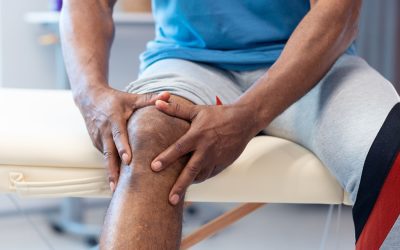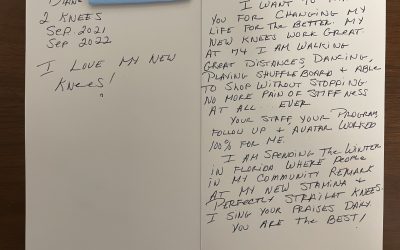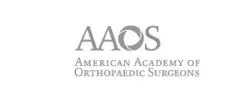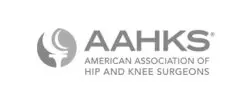While advancements in implant technology continue to improve how long we can expect shoulder replacements to last, we still face challenges when it comes to the durability of the artificial glenoid or shoulder socket when performing shoulder replacement option for young and active patients. This is the so called weak link in shoulder replacement, the part that loosens, wears or breaks leading to failure of the device. This can translate into pain for patients with a shoulder replacement and the potential need for revision surgery. Younger patients with shoulder arthritis who remain actively engaged in physical activities are at particular risk of glenoid implant failure but due to the mechanical stress their active lifestyle places on the implant, but also because of the increased remaining years of the their life during which they will demand a comfortable and functional shoulder. For this reason, surgical options that avoid the implantation of the glenoid component may offer younger active patients better long term outcomes by eliminating the risk of implant failure.
The Ream and Run Procedure is based on this premise and was pioneered by renown shoulder surgeon Frederick A Matsen, III, MD of the University of Washington in Seattle. I was fortunate enough to have learned the principles and techniques of this procedure from him during the years when it was being perfected and validated. Thus, I have first hand experience with its success, its limitations, patient selection criteria and other variables that impact its outcome.
The two terms of Ream and Run refers to: 1) the practice of spherically reaming the native shoulder socket to create a smooth concave surface against which the the metal ball of the humeral implant can articulate; and 2) allowing early range of motion which helps to mold the two surfaces as the glenoid bone remodels to optimize the load transfer across the joint that occurs with daily use of the arm. It is effectively similar to a shoulder hemiarthroplasty (or partial shoulder replacement), but the reaming on the glenoid side ensures that the ball and socket surfaces are conforming in terms of their shape and properly oriented to restore normal shoulder mechanics that may have been disturbed by bone erosion and deformity that occurs from arthritis. The glenoid labrum, a soft ring of tissue around the edge of the native socket the acts like a shock absorber is also preserved mimic the native state of the shoulder.
In properly selected patients whose glenoid can be properly reamed to restore a concavity without too much removal of existing bone, the Ream and Run can yield functional outcomes that are comparable to a standard total shoulder replacement and that last over time. The keys to such outcomes are several and include: 1) custom made reamers to correspond to the curvature of the humeral prosthesis used; 2) proper surgical technique in terms of precise reaming and correction of deformity; 3) careful evaluation of the preoperative glenoid bone to determine if after the reaming process, sufficient bone remains to provide an adequate stable foundation for the humeral implant; 4) patients profile and motivation which includes health factors that may affect the healing and remodeling process; 5) patient motivation to commit to a rehabilitation process that may extend longer than for a total shoulder replacement due to the need for healing and remodeling of the reamed glenoid bone.
Failures of the Ream and Run do occur, usually in the form of persistent shoulder pain. This may be due to failure of surgical technique, failure of patient selection, and in some cases it may be unclear why patients still hurt. In such cases, the solution may necessitate conversion to a standard shoulder replacement. In my own practice, I have had to do this in only about 5% of cases over the past 9+ years. I do have some patients who get sore after vigorous activity but remain substantially improved over their preoperative condition and are not limited in their activities but their current level of discomfort. These patients are no where near bad enough to consider conversion to a standard shoulder replacement and are generally quite satisfied with the result and its durability. My longest outcomes are 9 years at this point and functioning well and I have been encouraged at how well the reamed glenoid has held up in terms of providing a solid platform to stabilize the humeral head and provide a foundation for sustained active use of the shoulder.
I continue to perform the Ream and Run as a shoulder replacement option for young and active patients who are at risk for glenoid failure and who are motivated and interested in this option and I continue to believe that it is perhaps the best alternative to a standard total shoulder in terms of restoring comfort and function in younger patients with moderate to severe shoulder arthritis who are looking for a lasting solution.
To learn more about our shoulder surgery options, click here.
Visit our YouTube Channel here to learn more about this technique:















